This site uses cookies. By continuing to browse the site you are agreeing to our use of cookies. Read our privacy policy

Huawei’s Pangu Weather model steers fishermen away from rough seas

Life looks idyllic in the villages near Fort-Dauphin on Madagascar’s southeastern coast. Palm trees sway, barefoot children play soccer, and there is almost no crime.
But sudden changes in weather have long surprised local fishermen. Most residents have relatives who encountered a storm at sea, and never came back to shore.
That situation started to change last year when a local NGO, Mitao Forecast, discovered Pangu Weather.
In most of Madagascar’s coastal villages, fishermen set out on small wooden canoes. The frail vessels seem built for calm inland lakes and rivers, but Malagasies take them so far out to sea that the coast disappears from sight. There, they become vulnerable to rogue waves. Full-blown storms are a virtual death sentence.
Until recently, no one was providing fishermen with the weather data they needed. TV forecasts are regional and mostly irrelevant to coastal areas.

Mitao Forecast was founded by Toky Sylvestre, a Malagasy man who lost two relatives to storms in 2009. Its mission is simple: to warn fishermen when dangerous weather is on the way.
The NGO uses data from different sources to produce local forecasts posted daily on village billboards by volunteers. Because many residents can’t read, the forecasts use a "traffic light" display of green, yellow, and red, with red indicating that it’s not safe to go to sea.
In 2023, Toky and his team noticed Huawei Cloud’s Pangu-Weather Model when it became available on the website of major weather forecasting services in Europe. Mitao began relying on Pangu for 10-day forecasts that included information such as windspeed, temperature, atmospheric pressure, and other data.
In January 2024, Madagascar was hit by Tropical Cyclone Alvaro, a storm that would have been a catastrophe for any canoe at sea.
But Mitao had warned villagers to prepare for bad weather, using Pangu as one of its forecasting tools. Fishermen stayed safely ashore. Today, Mitao’s forecasts reach as many as 750,000 rural Malagasies.

Huawei's Pangu is the first AI model that can predict weather more accurately than the traditional method of Numerical Weather Prediction—and do so 10,000 times faster than NWP.
In the past, predicting the path of a typhoon for a 10-day period took four to five hours of simulation. Now, Pangu Weather can do it in about 10 seconds.
Since Mitao started to use Pangu to improve its forecasts, fishermen’s deaths at sea have been greatly reduced.
"My goal," he says, "is to take a technology like Pangu all over Madagascar. And after that, I want to take the Mitao Forecast to all of Africa and to the world."
Watch this video to learn more.



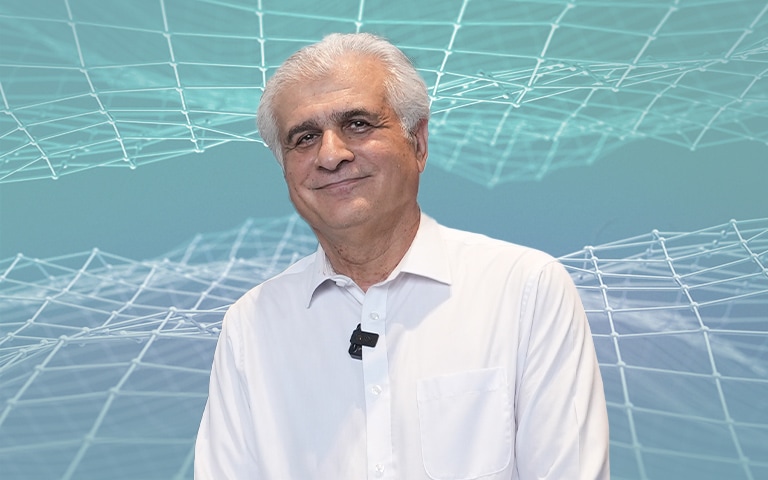
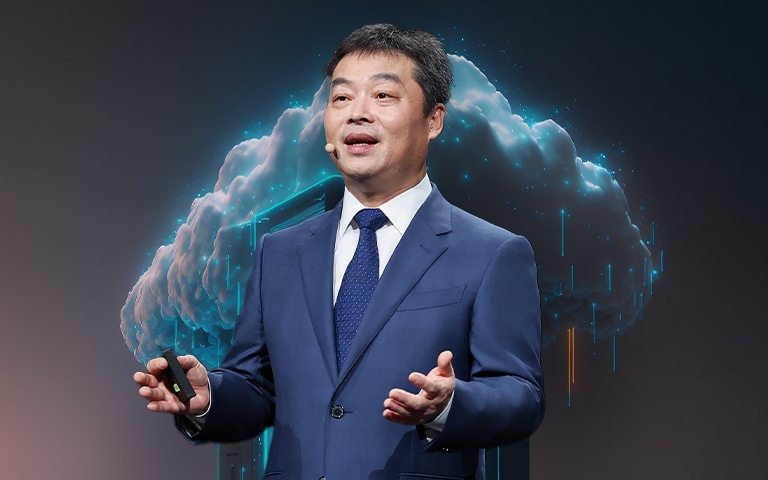
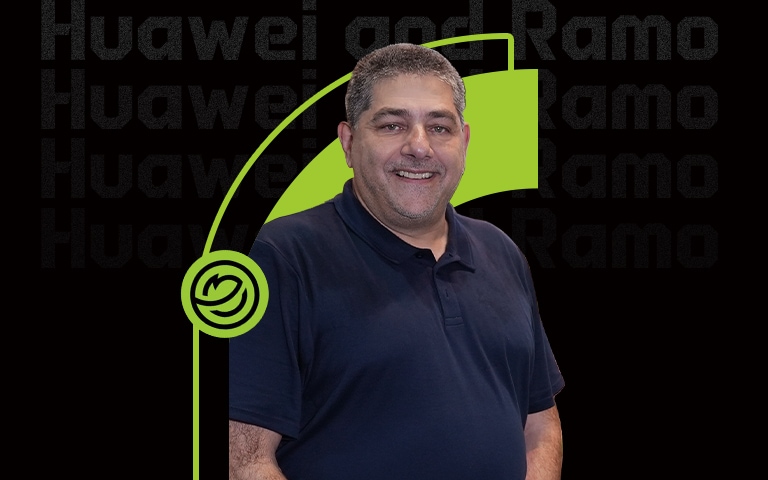
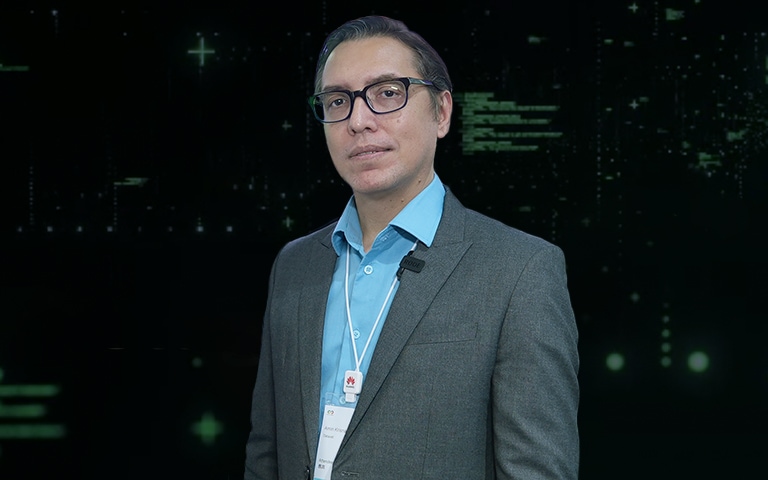

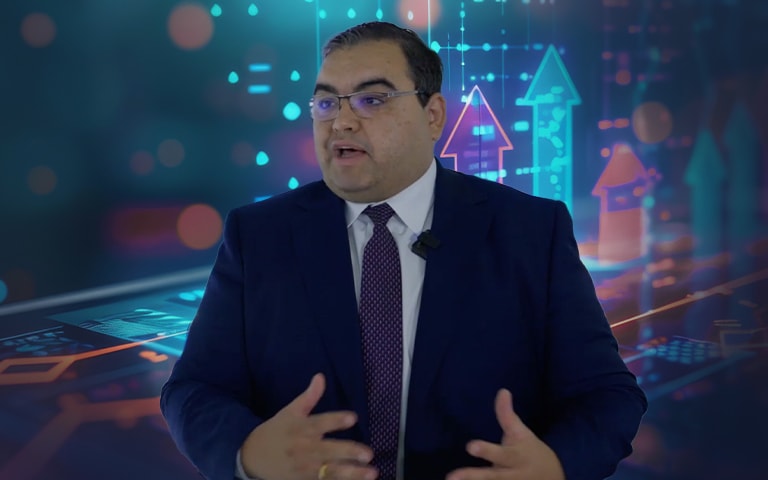
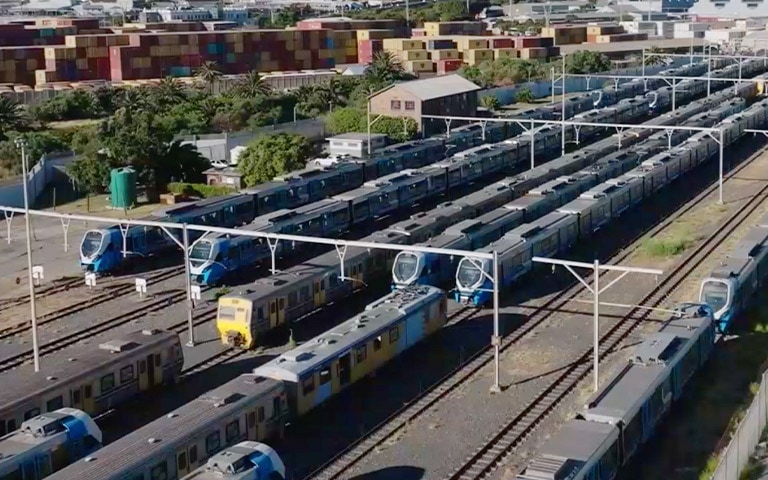
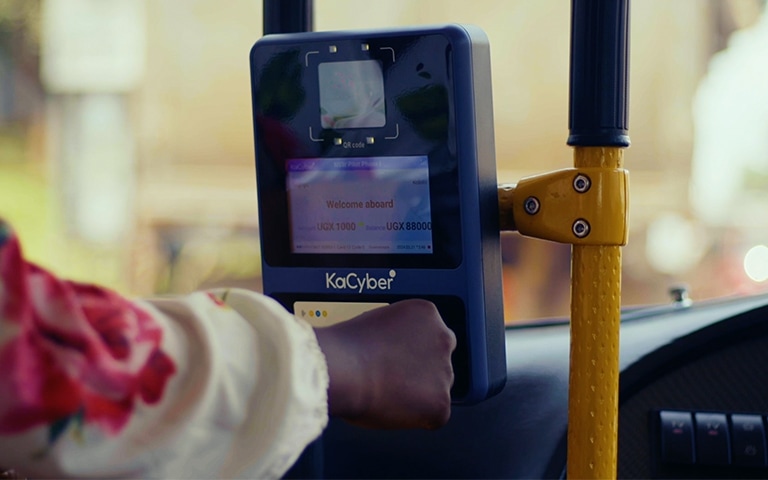
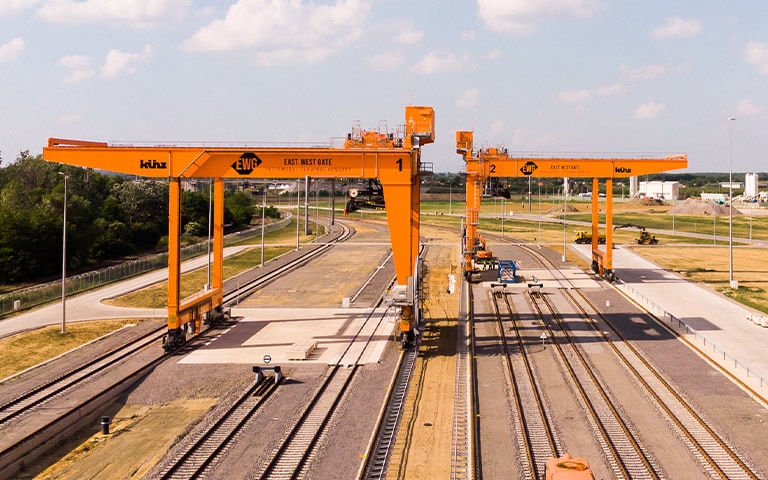
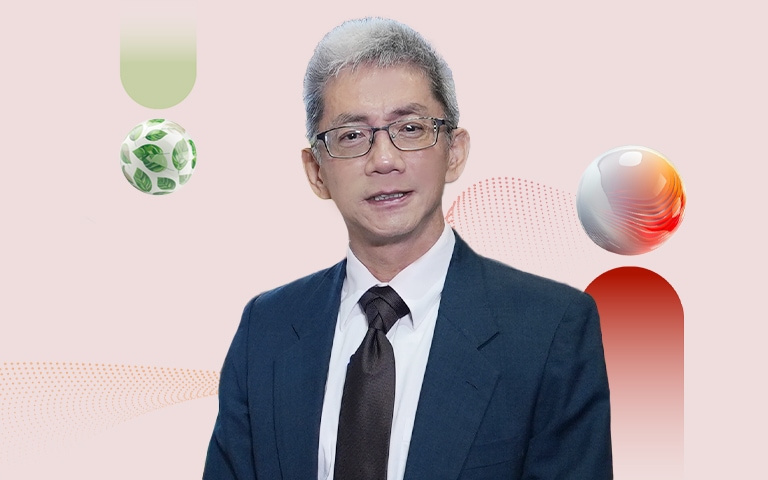
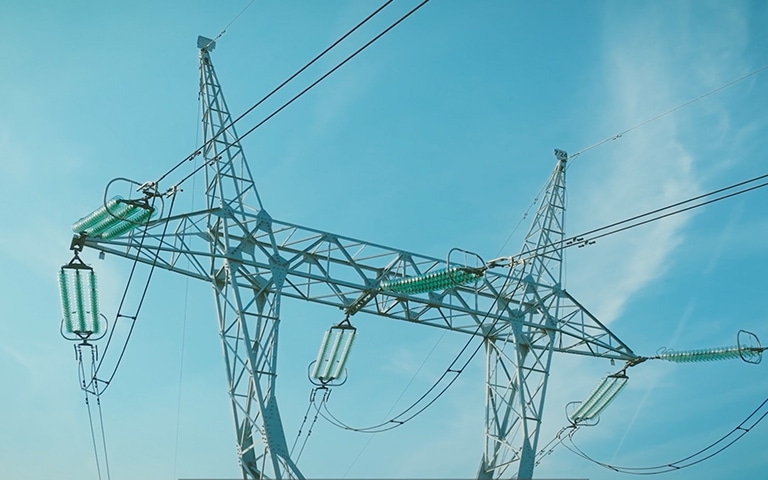
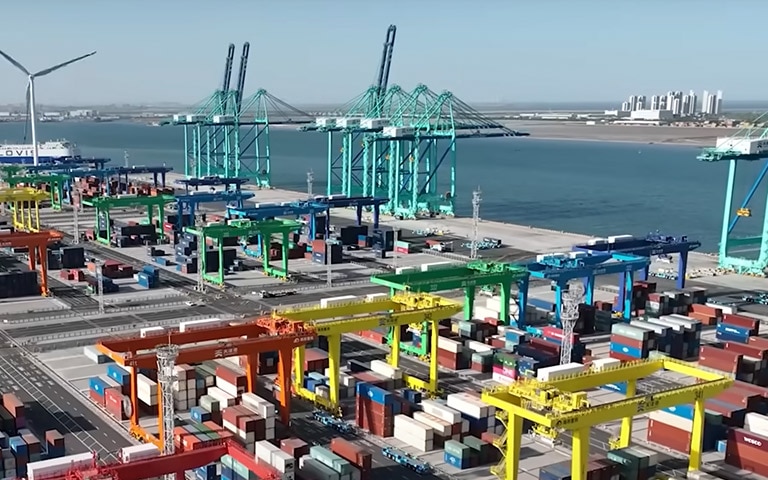
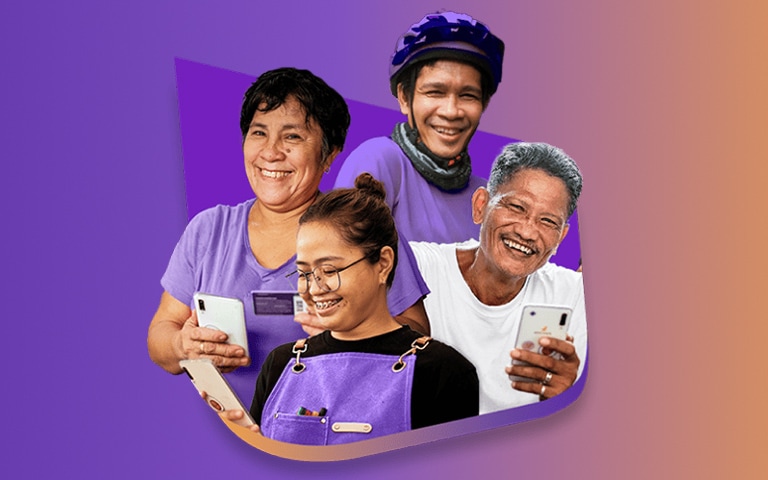
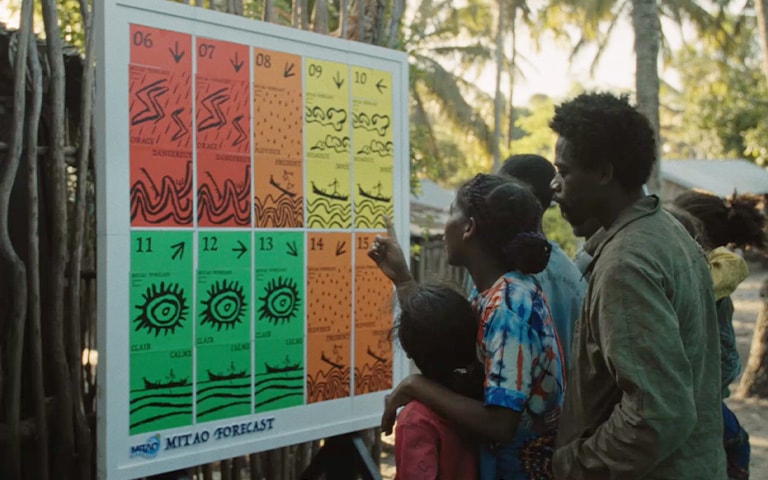
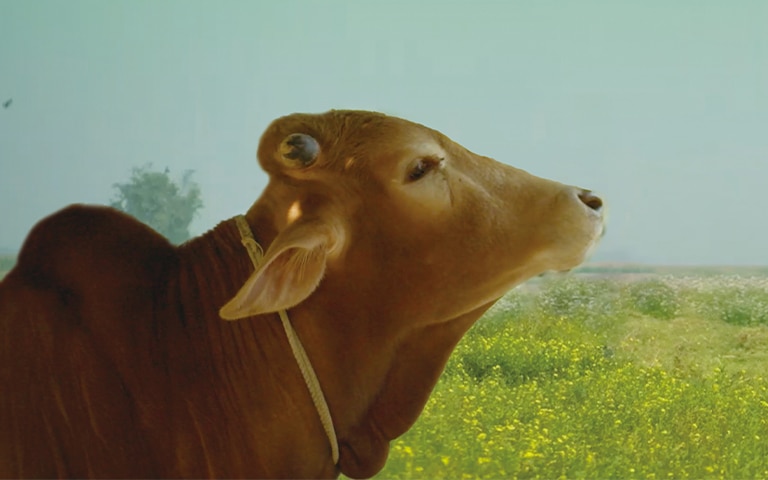
Contact us! transform@huawei.com
